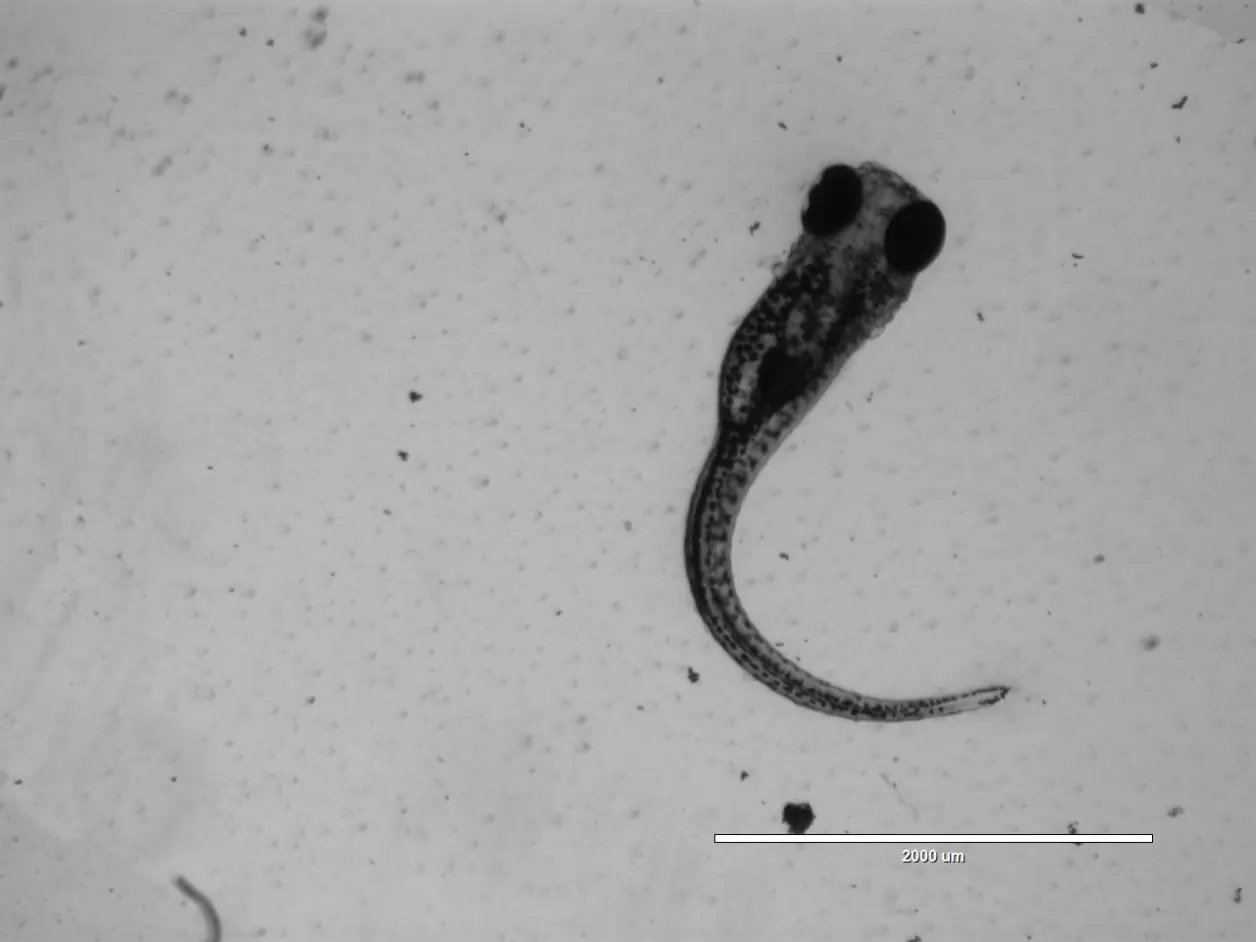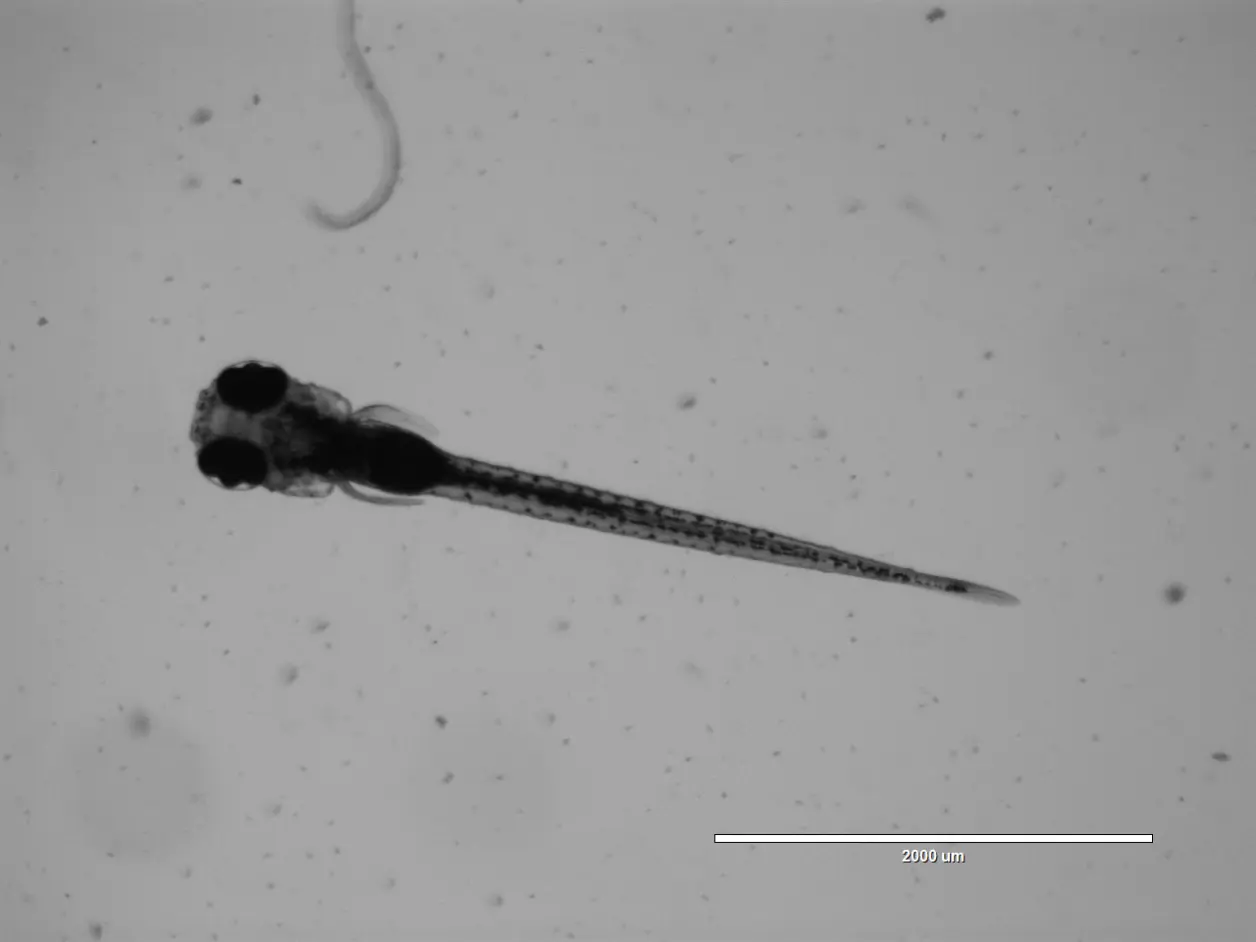Training and Testing the AI System
To ensure high accuracy and reliability, I trained the AI model on a custom-built dataset, utilizing ResNet101 as the backbone for classification. During the training process, I implemented various data augmentation techniques such as rotation and color jitter to enable the model to generalize across diverse environmental conditions. The dataset was categorized into two classes: "yes" for affected embryos and "no" for unaffected ones. I conducted rigorous testing across 80 different models to find the optimal performance.

Practical Applications in Toxicology
This AI system provides critical insights into the effects of environmental pollutants on zebrafish embryos, which are used as biological indicators. By automating the detection process, researchers can quickly classify whether an embryo shows signs of toxic exposure, allowing them to focus on more in-depth analyses. My technology significantly reduces time and manual labor involved in screening large datasets, representing a significant leap forward in the application of AI for biological research.
